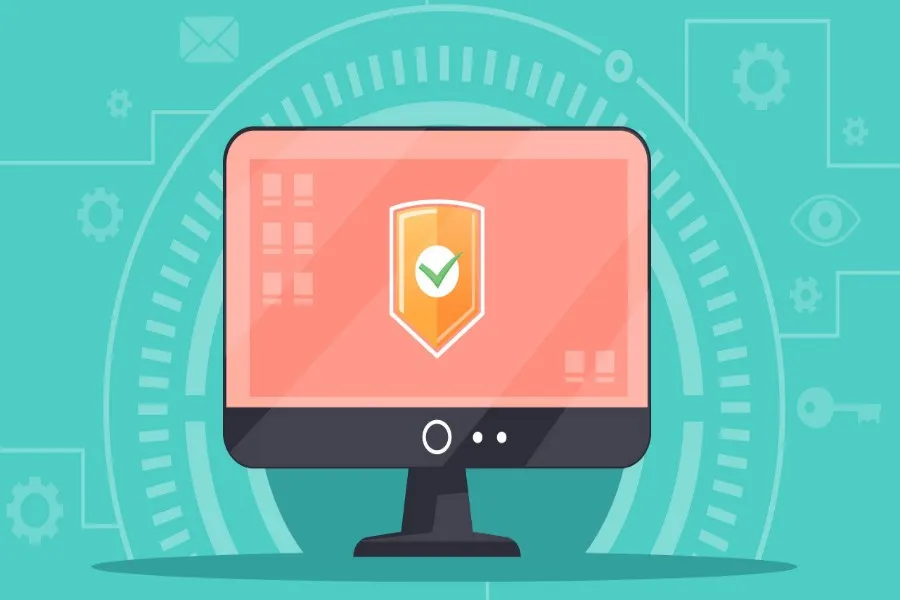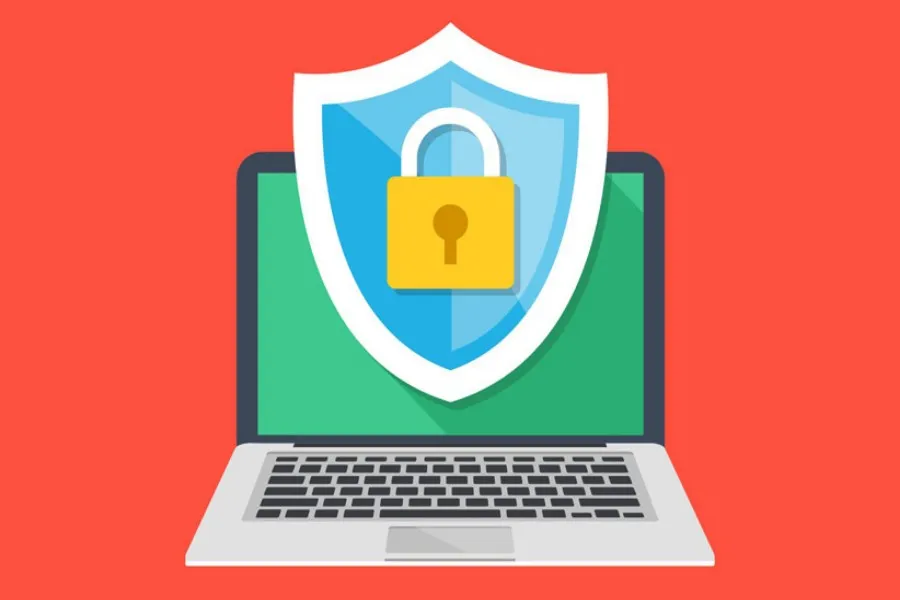Antivirus software is vital to your system’s security, as it protects you from various malware threats, such as viruses, ransomware, spyware and more. However, how can you ensure your antivirus software works correctly and effectively? How can you test its power and performance?
There are several ways to test your antivirus software and ensure it is up to date, configured correctly and capable of detecting and blocking malware attacks. In this article from Night Agency, we will show you some methods you can use to test your antivirus software and measure its power.
https://youtu.be/bCcVZGRyXik
1. Use the EICAR Test File
The EICAR test file is a standard tool that antivirus vendors and researchers use to test the functionality of antivirus software. The EICAR test file is not an actual virus but a harmless text file containing a specific code recognized by all antivirus software as a virus. If you run the EICAR test file in DOS, it will print the text “EICAR-STANDARD-ANTIVIRUS-TEST-FILE!”.
You can use the EICAR test file to test your real-time antivirus scanner and ensure it can detect and block malware attacks. You can also use it to try other types of antivirus protection, such as email scanning, web filtering or file recovery.
Also. If you want to know how to protect your computer, read article” computer under threat“.

2. Port Scan Your Firewall
A firewall is another essential component of your system’s security, as it controls the incoming and outgoing network traffic and prevents unauthorized access to your system. A firewall can be hardware (such as a router), software (such as Windows Firewall), or both.
To ensure your firewall works appropriately and effectively, you can use a port scan tool to check whether your system’s ports are open or closed. Ports are logical endpoints that allow communication between different applications and devices on a network. If a port is available, it can accept incoming connections from other devices. If a port is closed, it rejects incoming links from other devices.
You can use an online port scan tool such as ShieldsUP! to perform a port scan of your system’s IP address and determine whether your ports are open or closed.
Ideally, all your ports should be stealthy or closed, as this means that your firewall is blocking any unwanted or malicious connections from other devices. If any of your ports are open, your firewall allows connections from other devices, which could pose a security risk for your system.
You should check your firewall settings and ensure it is enabled, updated and configured correctly. You should also review the applications and devices your firewall allows or blocks and adjust them accordingly.

3. Use Malware Samples
Using malware samples is another way to test your antivirus software’s power and performance. Malware samples are malware files collected and analyzed by security researchers and experts. They are used for testing, research and education purposes only.
You can use malware samples to test whether your antivirus software can detect and block malware threats, such as ransomware, spyware, trojans, and worms. You can also use them to test how well your antivirus software can remove malware infections from your system.
Note: Using malware samples to test your antivirus software’s power and performance is risky and should be done cautiously. You should only use malware samples if you are confident in what you are doing and have adequate backup and recovery options for your system. It would help if you never ran malware samples on your preliminary plan or any system that contains essential data or information.
 Conclusion
Conclusion
Testing your antivirus software’s power and performance is vital to ensure it works properly and effectively. You can use various methods to test your antivirus software, such as using the EICAR test file, port scanning your firewall or using malware samples.
However, testing your antivirus software’s power and performance does not guarantee that it will protect you from all possible malware threats. Malware threats are evolving and becoming more sophisticated, so you should always be vigilant about what you download, open or run on your system.
You should also update your antivirus software regularly and complement it with other security tools and practices, such as using strong passwords, enabling two-factor authentication, avoiding phishing emails, backing up your data, encrypting your files, and using a VPN.
Following these tips can improve your system’s security and reduce the risk of malware infections.

